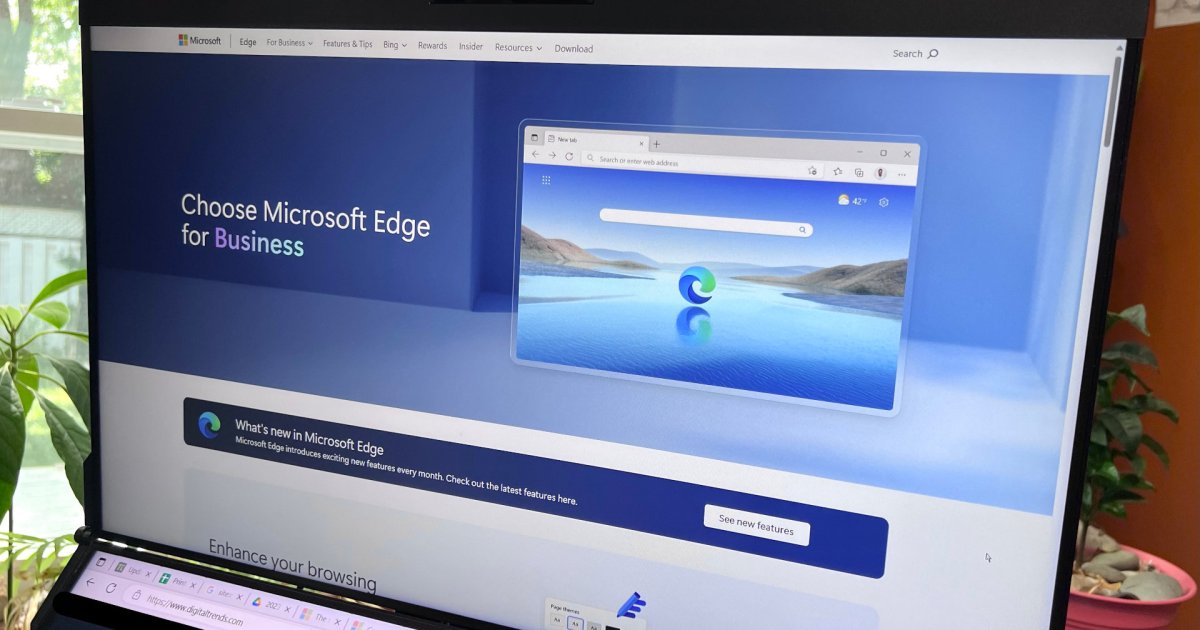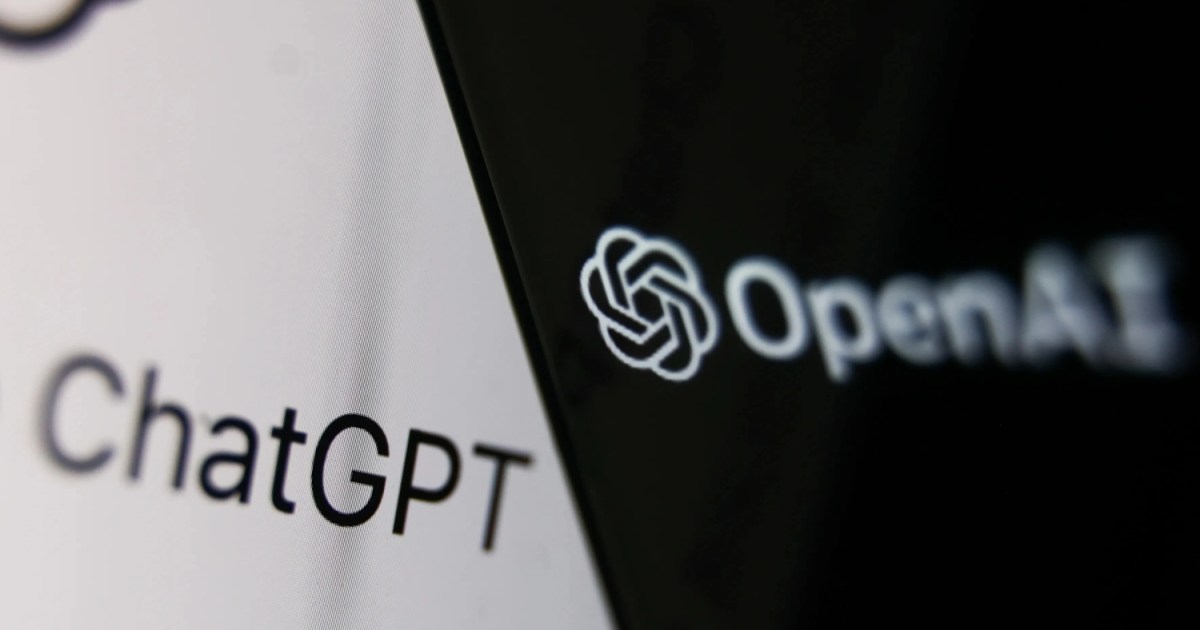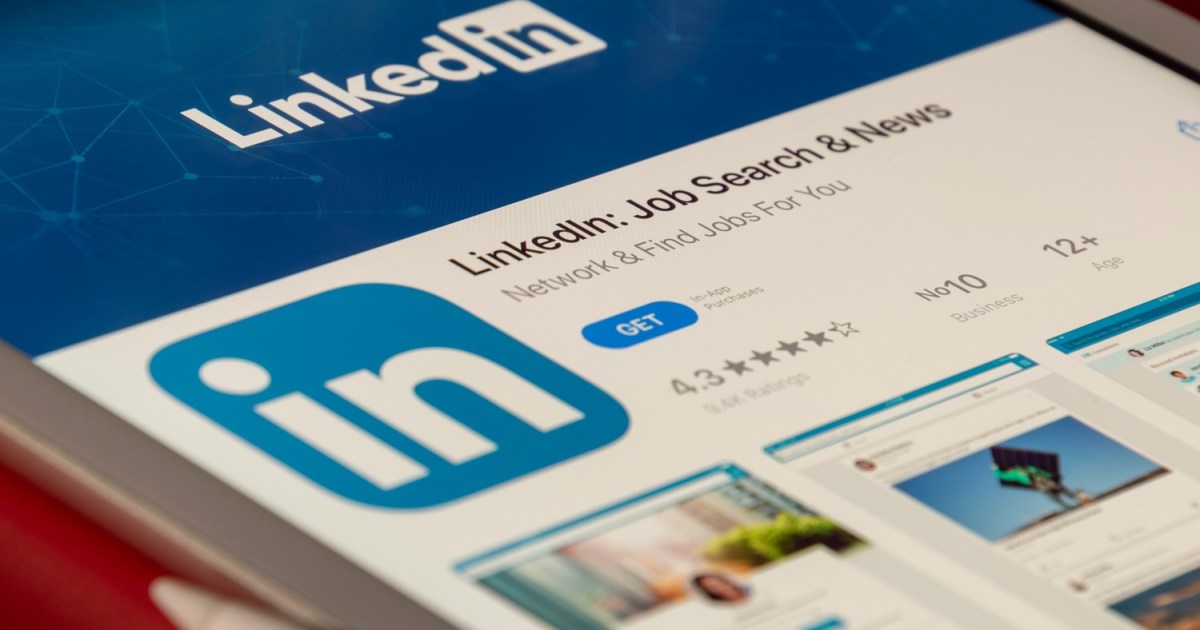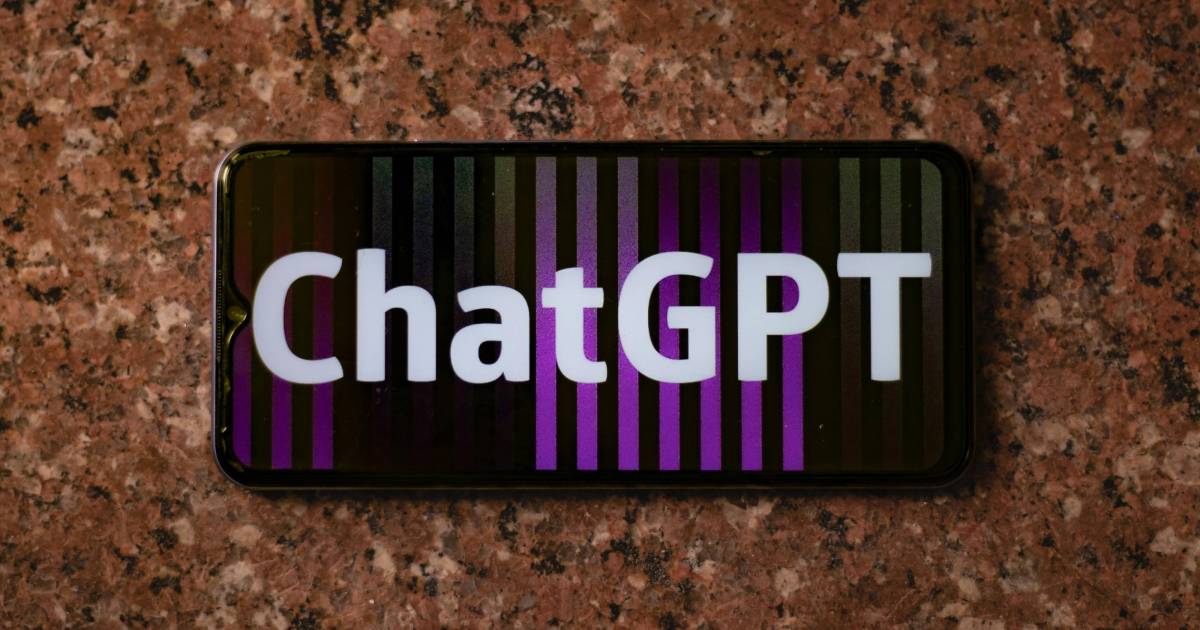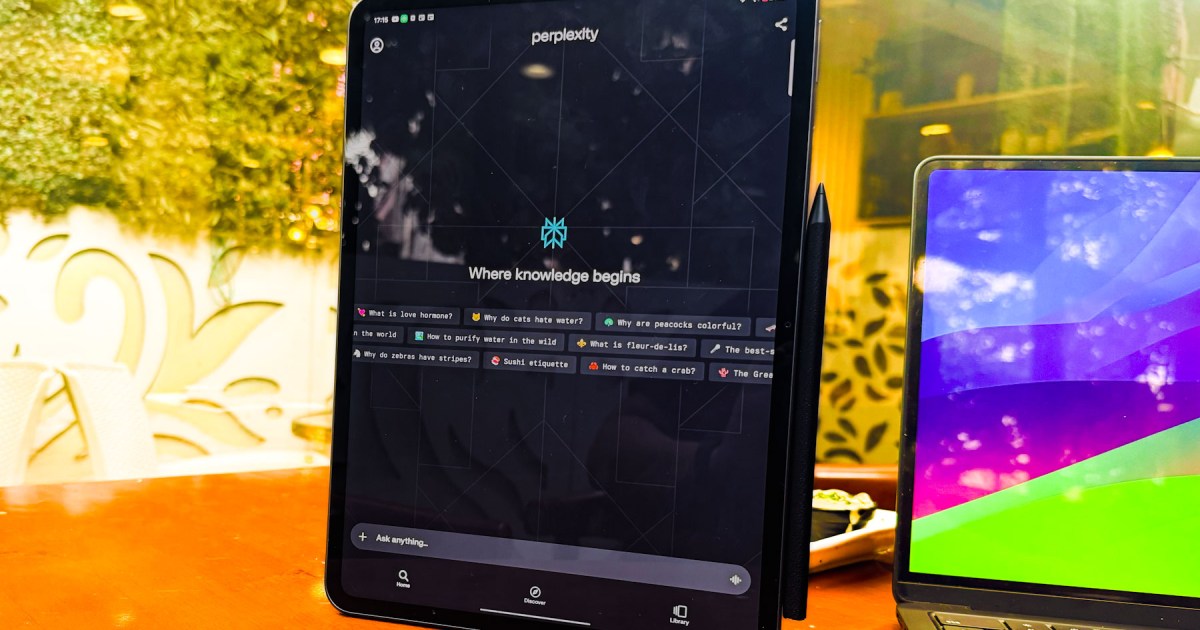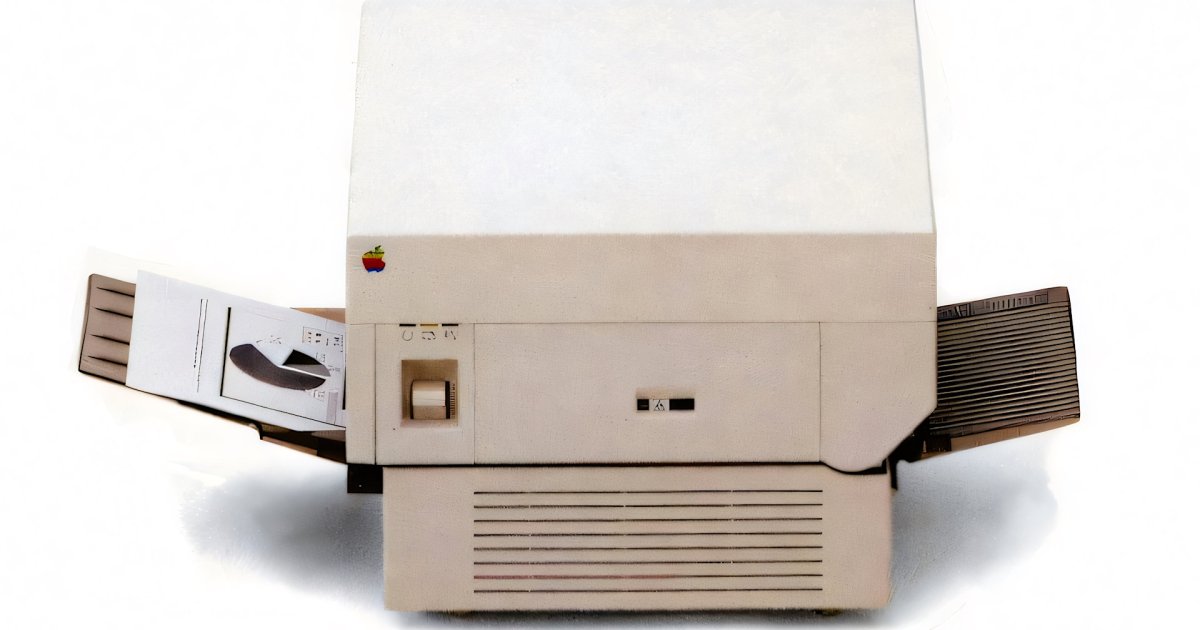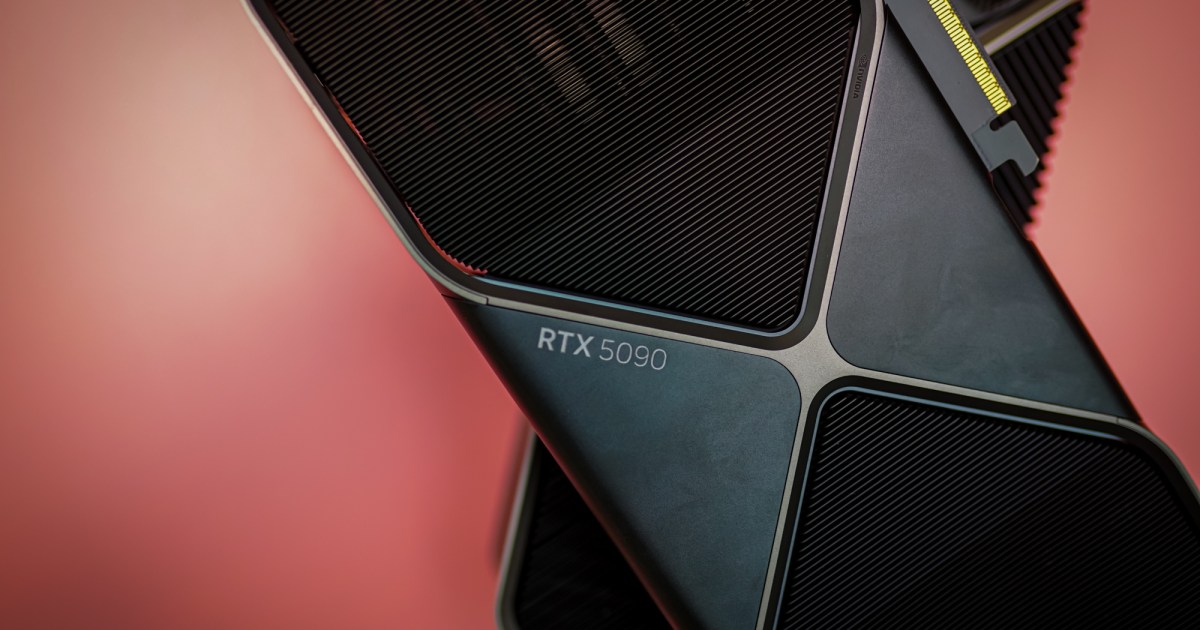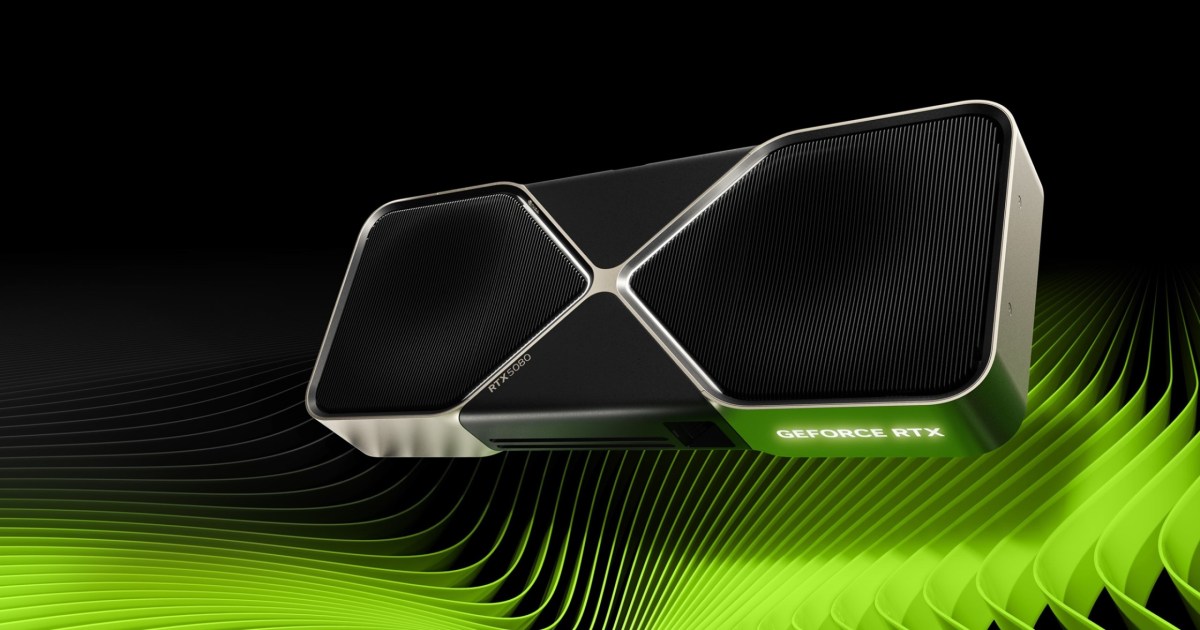Microsoft recently made headlines for displaying a misleading Google-style search bar on Bing when users searched for its competitor. Now, the company appears to be targeting Google Chrome directly within the Edge browser. As reported by Windows Latest, some users searching for “Chrome” within Edge are presented with a large banner promoting Microsoft’s own browser. This banner strategically obscures the Chrome download link, requiring users to click a “See more” button to reveal it.
Hiding the Competition: A New Low for Microsoft?
This tactic goes beyond simply promoting Edge. It actively hinders users from accessing a competing product they’ve explicitly searched for. While Microsoft might argue that some users searching for “Google” on Bing simply intend to search and don’t necessarily want Google’s specific services, that argument doesn’t hold water here. A user searching for “Chrome” within Edge clearly intends to download and use Google’s browser. Obstructing this process, regardless of motivation, is a blatant anti-competitive practice. A search engine should prioritize delivering relevant results before pushing its own agenda.
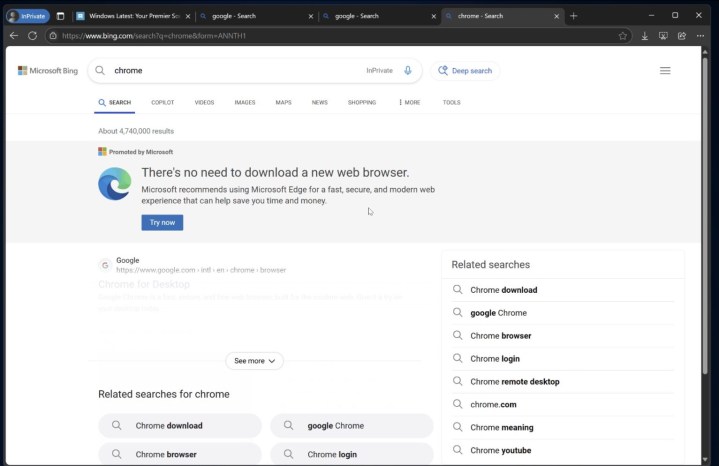 Microsoft Edge screenshot hiding Google link.
Microsoft Edge screenshot hiding Google link.
The intrusive nature of the banner also raises concerns. Responding to a user’s search for a competitor with a self-promotional message feels invasive and manipulative. Imagine searching for a local chocolate shop and receiving a response saying, “There’s no need for you to eat chocolate.” This is akin to Microsoft’s approach, prioritizing self-promotion over user needs.
Google Responds to Microsoft’s Tactics
Microsoft’s earlier attempt to mimic Google’s search bar appearance has already been discontinued. However, not before Google seized the opportunity to criticize Microsoft’s tactics on X (formerly Twitter): “Imitation is the sincerest form of flattery, but Microsoft spoofing the Google homepage is another tactic in its long history of tricks to confuse users & limit choice. New year; new low @Microsoft.”
Imitation is the sincerest form of flattery, but Microsoft spoofing the Google homepage is another tactic in its long history of tricks to confuse users & limit choice.
New year; new low @Microsoft
— Parisa Tabriz (@laparisa) January 6, 2025
What’s Next for Microsoft’s “Boundary-Pushing” Ads?
It’s likely this latest tactic will also be short-lived. However, it leaves us wondering what other “boundary-pushing” advertising strategies Microsoft might have in store. Will they resort to redirecting users searching for Google directly to Bing? Only time will tell.
This incident underscores the importance of prioritizing user experience and fair competition in the tech industry. While promoting one’s own products is understandable, actively hindering users from accessing competing services is unacceptable.



